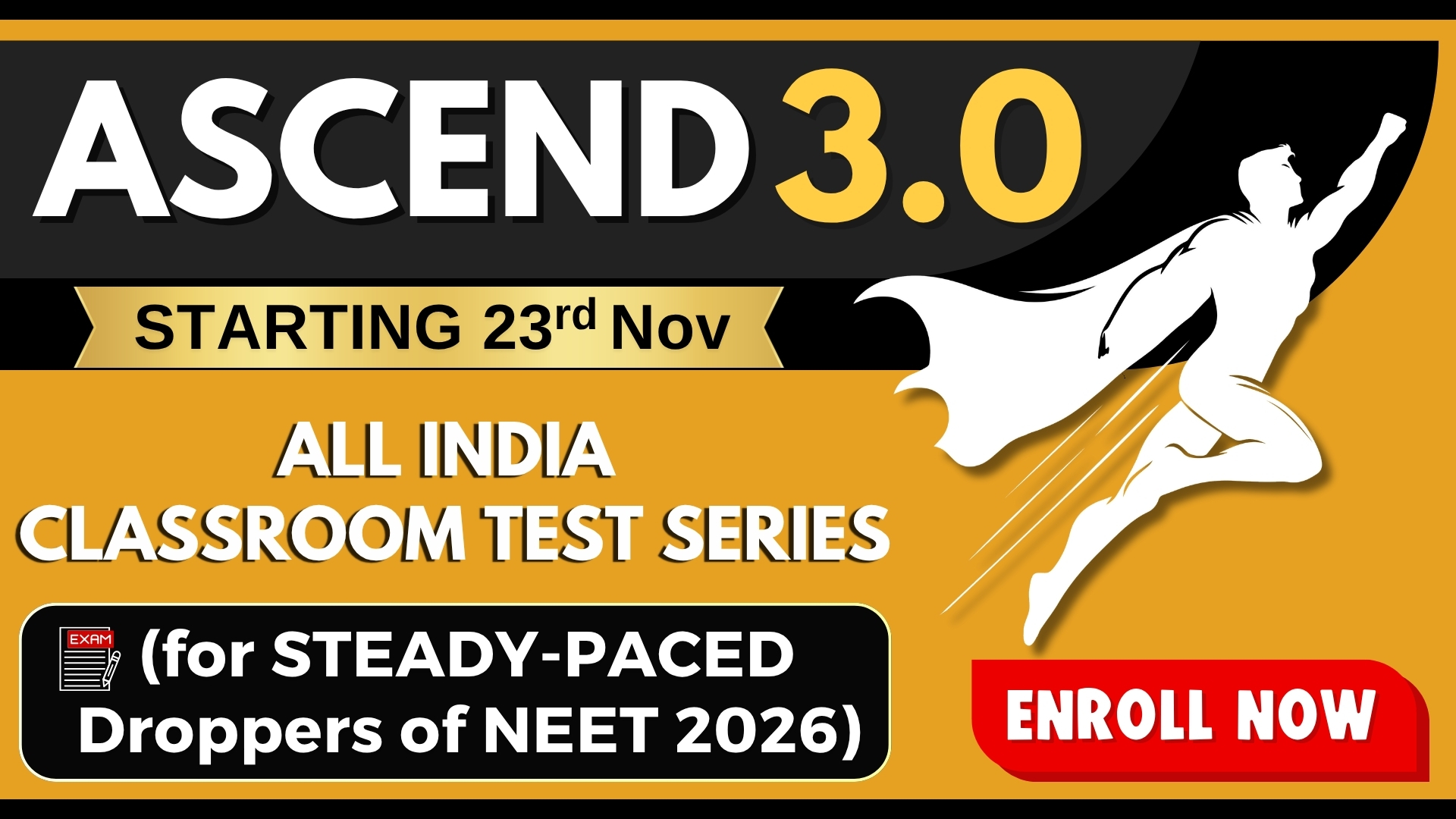As the position of an object \((u)\) reflected from a concave mirror is varied, the position of the image \((v)\) also varies. By letting the \(u\) change from \(0\) to infinity, the graph between \(v\) versus \(u\) will be:
1.

2.

3.

4.





| 1. |  |
2. |  |
| 3. |  |
4. |  |
A glass prism is dipped in water as shown in figure. A light ray is incident normally on the surface AB. It reaches the surface BC after totally reflected, if
1.
2.
3.
4. It is not possible
A convex lens A of focal length \(20~\text{cm}\) and a concave lens \(B\) of focal length \(5~\text{cm}\) are kept along the same axis with the distance \(d\) between them. If a parallel beam of light falling on \(A\) leaves \(B\) as a parallel beam, then distance \(d\) in \(\text{cm}\) will be:
1. \(25\)
2. \(15\)
3. \(30\)
4. \(50\)
A medium shows relation between i and r as shown. If speed of light in the medium is nc then value of n is

1. 1.5
2. 2
3. 2–1
4. 3–1/2
For a concave mirror, if the virtual image is formed, the graph between m and u is of the form :
| 1. |  |
2. |  |
| 3. |  |
4. |  |
For a convex lens, the distance of the object is taken on X-axis and the distance of the image is taken on Y-axis, the nature of the graph so obtained is :
1. Straight line
2. Circle
3. Parabola
4. Hyperbola
The diameter of a plano-convex lens is 6 cm and thickness at the centre is 3 mm. If the
speed of light in the material of the lens is , the focal length of the lens is
1. 15 cm
2. 20 cm
3. 30 cm
4. 10 cm
| 1. | \(12~\text{cm}\) | 2. | \(30~\text{cm}\) |
| 3. | \(50~\text{cm}\) | 4. | \(60~\text{cm}\) |
Shown in the figure here is a convergent lens placed inside a cell filled with a liquid. The lens has focal length + 20 cm when in air and its material has refractive index 1.50. If the liquid has refractive index 1.60, the focal length of the system is
1. + 80 cm
2. – 80 cm
3. – 24 cm
4. –160 cm








